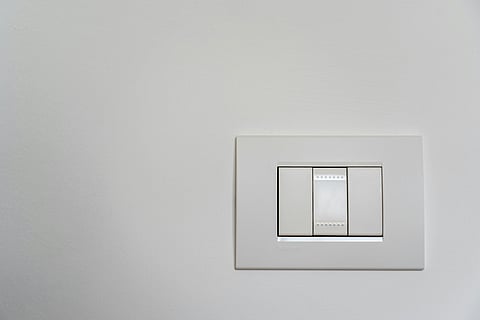Modern Electrical Switches: Features, Types and Applications
The electrical landscape has transformed significantly over recent years, with switches playing a crucial role in both safety and functionality. Modern switches offer enhanced control capabilities while maintaining the robust reliability that Australian standards demand.
From basic household lighting to complex industrial systems, contemporary switches combine advanced technology with user-friendly design. These components have evolved to meet changing consumer needs, offering improved energy efficiency, smart connectivity options, and superior safety features.
Common Types of Electrical Switches
Today's market presents several options to suit various applications and preferences. Standard toggle and rocker switches remain popular choices for their straightforward operation and proven reliability. These switches feature simple on-off mechanisms perfect for controlling lighting and basic electrical functions.
Dimmer switches have become increasingly popular in Australian homes, offering precise lighting control that creates the perfect ambience while potentially reducing energy consumption. Available in both rotary and sliding designs, these switches work seamlessly with compatible LED lighting systems.
The latest innovation comes in the form of smart switches, which integrate seamlessly with home automation systems. These advanced units allow remote operation via mobile applications and can be programmed to operate on schedules, enhancing both convenience and energy efficiency. The integration capabilities of these smart switches continue to expand, offering increasingly sophisticated control options for modern homes and businesses.
Key Features and Components
Safety stands paramount in electrical installations. Quality switches carry specific voltage and current ratings suitable for their intended use. Australian electrical standards require switches to meet strict safety specifications, including proper insulation and arc prevention mechanisms.
Leading manufacturers like Clipsal set industry benchmarks with their comprehensive range of switches, offering options that combine durability with sophisticated design features. Their switches are known for exceptional build quality and innovative safety mechanisms that often exceed standard requirements.
The durability of a switch largely depends on its construction materials. Premium switches typically feature robust plastic or metal housings, with internal components designed to withstand thousands of operations. UV-stabilised materials prove particularly important for switches installed in sun-exposed areas, preventing degradation over time.
Installation considerations include proper mounting depth, wall box compatibility, and wiring capacity. Professional installation ensures switches operate safely and reliably while meeting all relevant Australian electrical codes and safety standards.
Applications and Best Practices
In residential settings, switches serve various purposes beyond basic lighting control. Modern homes often incorporate switches for exhaust fans, outdoor lighting, and appliance control. The placement of switches requires careful planning to ensure convenient access while maintaining aesthetic appeal and practical functionality.
Commercial and industrial environments demand switches capable of handling higher loads and more frequent operation. These settings often require specialised switches with features like water resistance, dust protection, or explosion-proof ratings depending on the specific application. Regular maintenance and inspection of these switches ensure continued safe operation in demanding environments.
Energy efficiency has become increasingly important in switch selection. Timer switches and motion sensors can significantly reduce unnecessary power usage, while dimmer switches allow for optimal light levels that save energy while maintaining functionality. These energy-saving features contribute to both cost reduction and environmental sustainability.
The Future of Electrical Switches
As technology continues to advance, switches will likely become even more sophisticated while maintaining their essential role in electrical systems. The growing focus on energy management and smart home integration suggests a future where switches offer enhanced control capabilities while contributing to more sustainable electrical usage.
When selecting switches for any application, consider factors such as intended use, load requirements, and environmental conditions. This thoughtful approach ensures optimal performance while maintaining safety and compliance with Australian standards. The ongoing evolution of switch technology continues to provide more options for both residential and commercial applications, making it easier than ever to find the perfect solution for any electrical need.
Inspired by what you read?
Get more stories like this—plus exclusive guides and resident recommendations—delivered to your inbox. Subscribe to our exclusive newsletter
Resident may include affiliate links or sponsored content in our features. These partnerships support our publication and allow us to continue sharing stories and recommendations with our readers.

